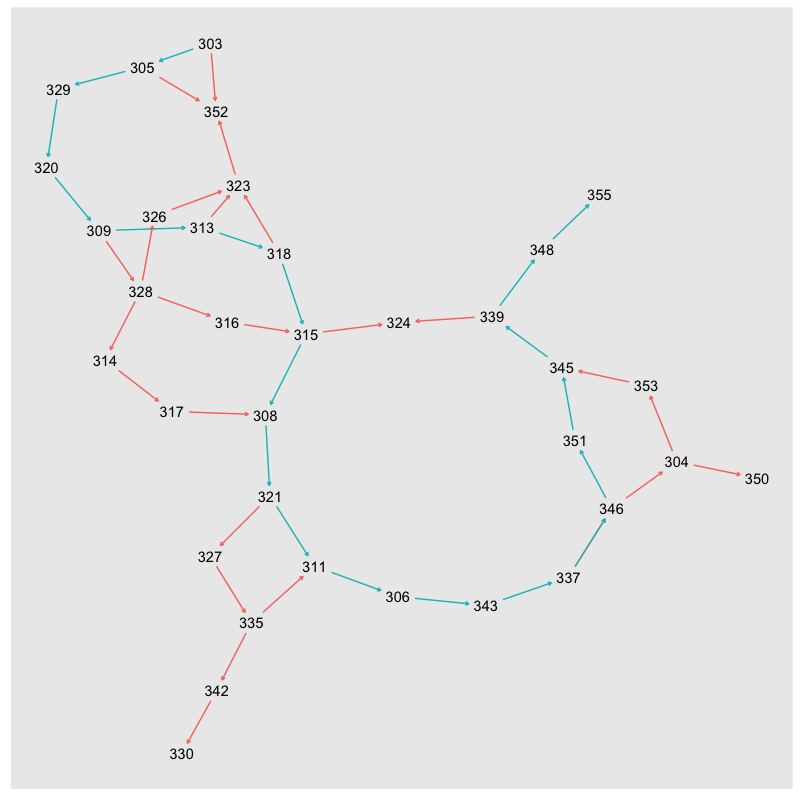Herkunft - S. Stanišić
Posted
I wonder whether the slavic character in the url will break the blog.
I read this book in German, which means that I was roughly three times slower in reading while understanding more or less every third word, which I don’t think will make a difference in two months anyway, so here are some notes.
The book is essentially a collection of memories from the author. It’s quite descriptive and concrete, even when the memories described are fictitious. More like a catalogue, or a list of indizi, where it’s up to the reader to make something out of it (or not). The gcd of the various elements is the word “Herkunft”; Herkunft is the deverbale1 of herkommen, which can be trennt in her and kommen and whose division does not bring me much further. But on the German Wiktionary it has at synonyms stammen und abstammen, which it’s already so much better: it has to do with roots, which opens up to a lot of metaphors - it’s what brings you your nutrients, even if you elaborate them in a different place, it’s what for better or worse keep you where you are, it hurts to have them cut (if you believe that plants hurt, which is debatable; but you’ll agree it debilitates them to have them cut if you ever tried to transplant anything), most importantly they can grow again. So it’s about this.
Reading the book I would conclude Herkunft is for the author mostly family; while the places (their description) certainly take up a lot of space, they do not seem to carry a lot of emotions with them. There’s the notable exception of Oskoruša, but I would really see it as just that. Maybe it’s just that for me places carry just so much more meaning, I found it strange. Friends are mentioned at large in a section of the book, but I had the impression Herkunft for the author was mostly family, and that those friends were the author’s family when the family couldn’t be there. So either real or functional family. It’s really nothing you can agree or disagree on.
A poem is mentioned, I googled it and liked it, so I leave it here:
Erinnerung - J. v. Eichendorff
Lindes Rauschen in den Wipfeln,
Vöglein, die ihr fernab fliegt,
Bronnen von den stillen Gipfeln,
Sagt, wo meine Heimat liegt?
Heut im Traum sah ich sie wieder,
Und von allen Bergen ging Solches
Grüßen zu mir nieder,
Daß ich an zu weinen fing.
Ach, hier auf den fremden Gipfeln:
Menschen, Quellen, Fels und Baum,
Wirres Rauschen in den Wipfeln
Alles ist mir wie ein Traum.
Die fernen Heimathöhen,
Das stille, hohe Haus,
Der Berg, von dem ich gesehen
Jeden Frühling ins Land hinaus,
Mutter, Freunde und Brüder,
An die ich so oft gedacht,
Es grüßt mich alles wieder
In stiller Mondesnacht.
Looking at the second strofa, what is Heimat? Il paesaggio, la casa, the memories, family, friends. I think it’s important to count the memories in, it’s exactly the reason why some people can’t find their home anymore. It’s a place in space and in time.
The last part is structured as one of these choose-your-own-adventure books, so of course I had to plot a graph:

I think one can try to guess how the book came to be. My path is in blue; it looks to me like starting 308 I stayed on the original path, for which branches were later created at 321 and 346. It’s harder to say how this path must have been before, but I think 328, which is the only point with 3 diramations, must have been a part of it. There are two very quick ends around the beginning, 303, which probably serve the scope of explaining how the thing works.
Here’s the code, for completeness:
# Libraries
library(tidyverse)
library(igraph)
library(ggraph)
library(viridis)
library(magrittr)
# input file is called input, it has columns "source", "target" and "nelvis". "nelvis" is filled with 0 or 1 depending on whether I walked the corresponding edge.
# get list of vertices
vertices <- input %>%
pivot_longer(source:target, names_to = "vertices") %$%
unique(value)
# create the network object
network <- graph_from_data_frame(d=input, vertices = vertices, directed=TRUE)
# plot
ggraph(network, "kk") +
geom_edge_link(aes(start_cap = label_rect(node1.name),
end_cap = label_rect(node2.name),
colour = as.factor(nelvis)),
arrow = arrow(length = unit(1, 'mm'))) +
geom_node_text(aes(label = name), parse = TRUE) +
scale_color_viridis_d() +
theme(legend.position = 'none')I just learned this word↩︎